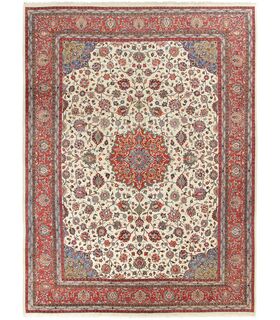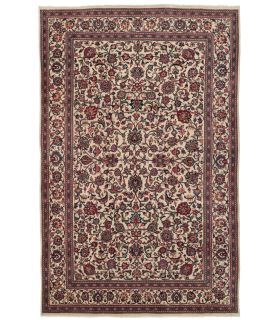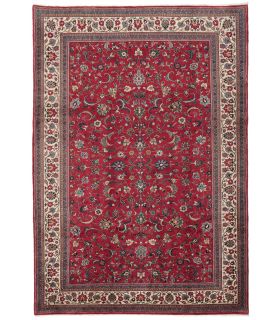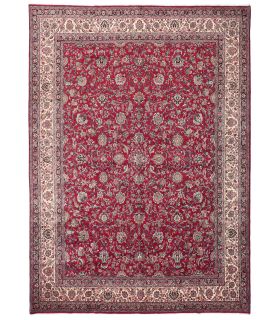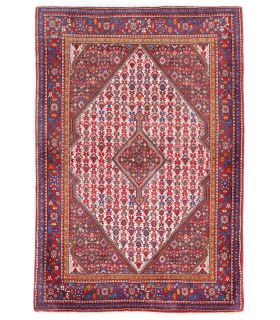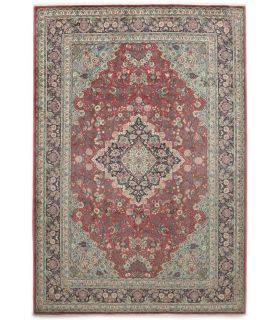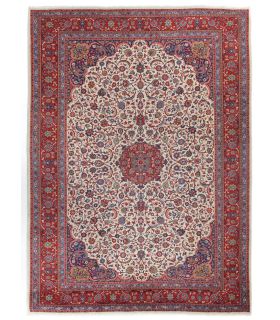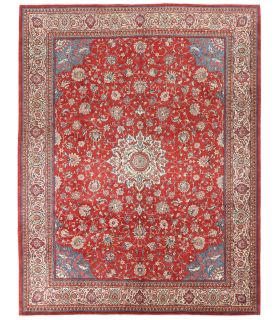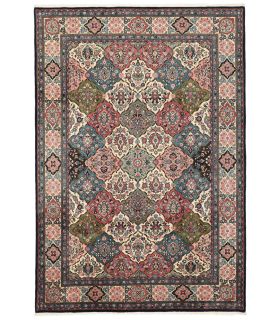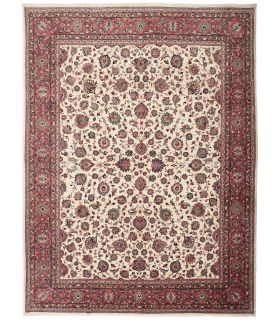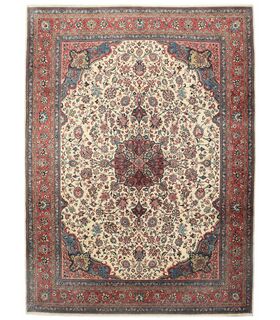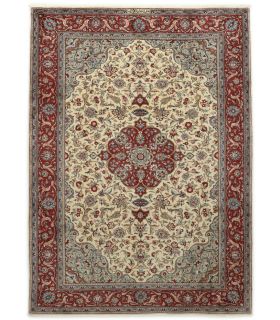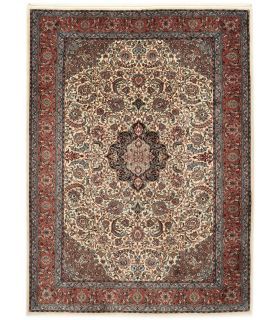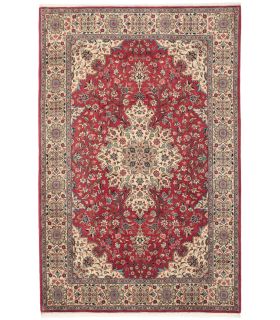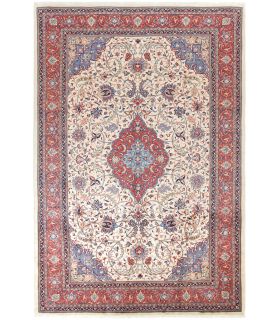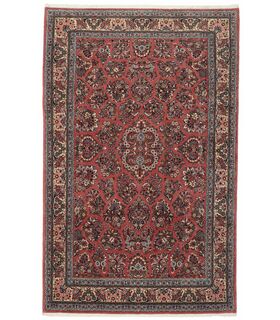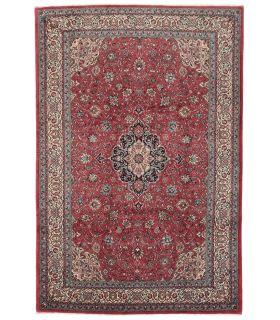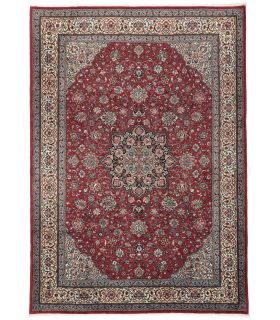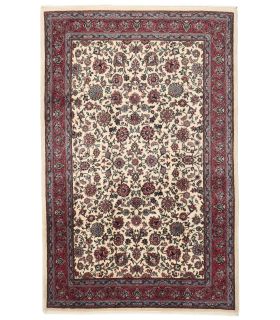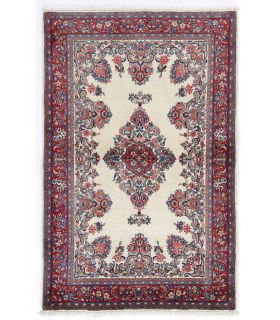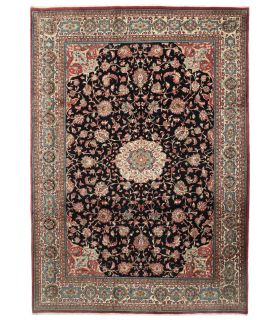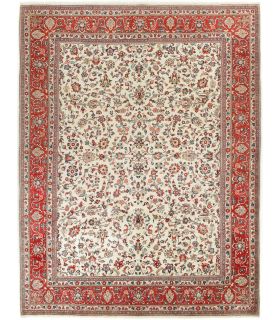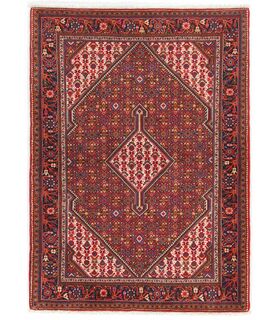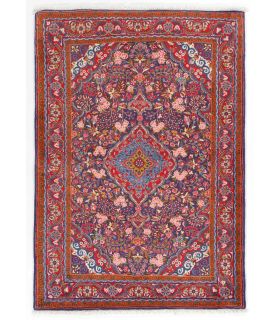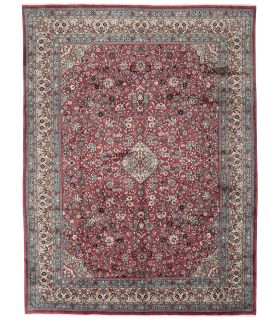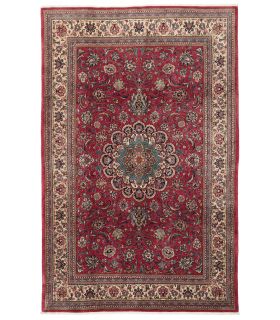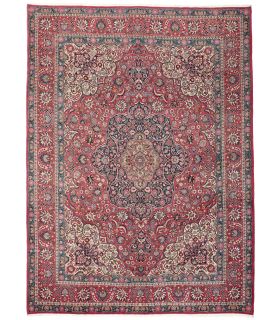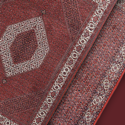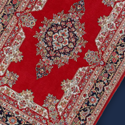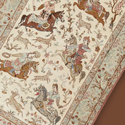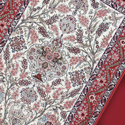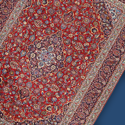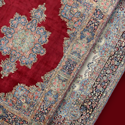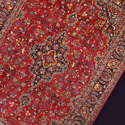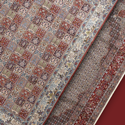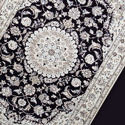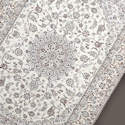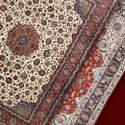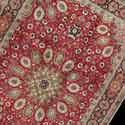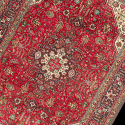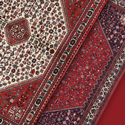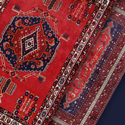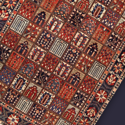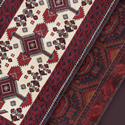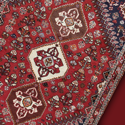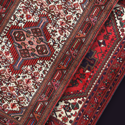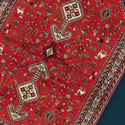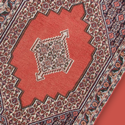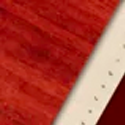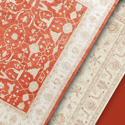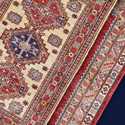Sarouk
Sarouk Carpet – The Persian Carpet with Flair
Persian carpets evoke uttermost feelings among carpet lovers. Of course, no Persian carpet is like the other, partly because traditional hand craftsmanship makes each carpet unique, and partly because there are different categories of oriental rugs. As a rule, the categories are primarily named after the regions where carpets are produced, and the Sarouk Persian carpet is one of these categories.
Where does the Sarouk carpet come from?
Sarouk carpets are genuine Persian carpets. They are produced directly in Iran, formerly called Persia. The Sarouk carpet comes from west Iran, i.e., from the Persian region of Sarouk (or Saruk), which surrounds the city of Arak; however, the Sarouk carpet originated in the village of Sarouk, located north of Arak. The Arak weaving area is one of the most significant and highly traditional weaving areas in Iran, i.e., in former Persia.
The USA was one of the most significant sales markets for a long time, but this trade relationship ended in the 1930’s. Today, high-quality Persian carpets and bridge rugs are still being woven in the vicinity of Arak. The flower cluster motif was wide spread among the carpets during the period of export to America. These carpets are still being traded, and they are highly desired and high priced. Sometimes a Sarouk carpet from this area comes onto the European market as a re-import. These rather rare, old or even ancient carpets are also referred to as America-Sarouk (A-Sarouk) carpets.
What makes a Sarouk carpet special?
Like most Persian carpets, the Sarouk carpet is also known for its excellent quality and its beautiful, expressive and distinctive patterns. A hand-knotted Sarouk carpet and Sarouk bridge rugs come in almost all sizes, and all the rugs of the region are above average to excellent in quality. Sarouk rugs are very fine and tightly knotted, making them robust and durable.
The special quality of Sarouk carpets makes them more beautiful and valuable the older they get. Real plant colours make the carpets shine even more enchantingly after decades. The colours of an ancient Sarouk cannot be reproduced with today's technical options.
What does a Sarouk rug look like?
As with other Persian carpets, Sarouk carpets are kept in rather natural colours. Different shades of red, which pass into browns, are widely used for the Sarouk. In addition to red or blue, cream also comes into question from time to time as a basic colour for a Sarouk. The designs of this oriental rug almost always consist of large-scale floral patterns. The flower cluster motif is impressively implemented on Sarouk carpets in a manner hardly perceivable on any other Persian carpet.
The Sarouk Mir is a subcategory of Sarouk carpets. The pattern of the Sarouk Mir particularly differs from the classic floral cluster motifs that were used especially for the ancient Sarouk carpet. The Boteh motif characterizes Sarouk Mir carpets. This oriental rug is knotted with recurring depictions and less often with a diamond-shaped centerpiece. Due to the repetitive diamond pattern, the Sarouk Mir appears uniformly brighter than other representatives of the Sarouk category. Sarouk Mir carpets are primarily knotted in the village of Serabend near the town of Arak. Red and sometimes blue and cream are also the predominant colours for this subcategory of the Sarouk carpet category.
What materials are used to knot Sarouk carpets?
As with all Persian carpets, the choice of materials is crucial for the quality of the Sarouk. Therefore, only high-quality yarns are used. The warp and weft of contemporary, genuine Sarouk carpets usually consist of high grade cotton. The pile, on the other hand, is traditionally made of very beautiful, fine wool.
The cities of Sarouk, Arak, Mahal, etc. are located in the northern heartland of Persia. Sarouk is synonymous with carpets from this area. The carpets are usually named after the exact place of origin, especially if quality and uniqueness of quality is to be stressed.
Knot weaves range from medium fine to fine, i.e., from 120,000 up to 450,000 knots per square meter. The predominant pattern style is a floral design. A centerpiece, called medallion, adorns the inner field, and the border colours harmonize with the medallion’s colour. Sarouk carpets with repetitive patterns are also common. These kinds of carpets have gained importance in recent years. The colour spectrum is versatile reds, blue, beige and salmon are typical colours.







